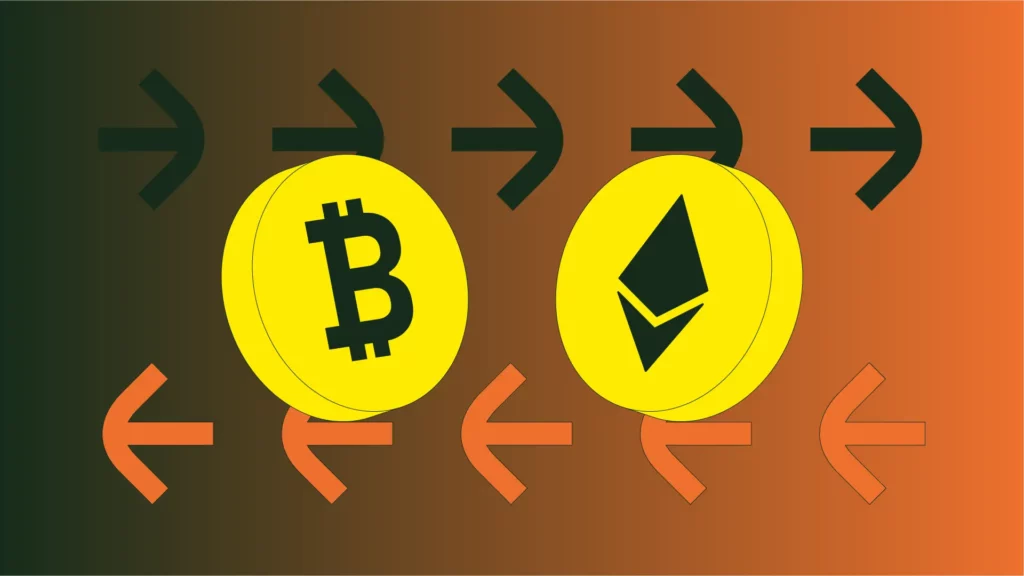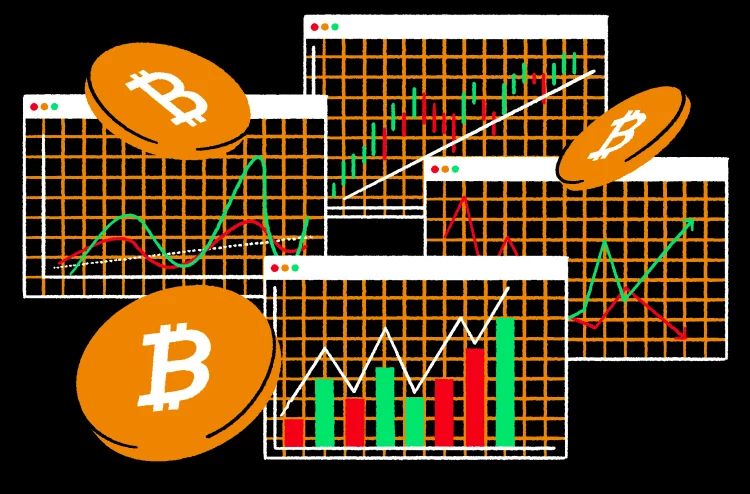Futures markets are one of the most influential parts of the financial world, serving as a cornerstone for price discovery, risk management, and speculative activity. For investors, traders, and financial professionals alike, understanding the dynamics of the futures market is essential to navigating the complexities of modern finance. Futures contracts allow market participants to hedge against price fluctuations in various commodities, currencies, stocks, and other assets. The ability to monitor and interpret key futures market indicators is crucial for predicting market trends, making informed decisions, and reacting quickly to opportunities or risks.
This article provides an in-depth look at the current trends in the futures market, highlights the essential indicators investors should watch, and discusses how futures market data can be leveraged to predict market direction and optimize trading strategies. By the end of this piece, investors will have a comprehensive understanding of how to utilize futures data to stay ahead in the fast-paced world of financial markets.
Overview of the Futures Market: An Essential Financial Tool
Futures markets play a vital role in the global financial system by facilitating the exchange of standardized contracts to buy or sell assets at a predetermined price on a specified date in the future. These markets are used by hedgers, speculators, and arbitrageurs to manage risk, secure future prices, and profit from price movements.
The most common types of futures contracts involve commodities such as crude oil, gold, and agricultural products. However, the scope of the futures market extends far beyond physical commodities, encompassing financial futures such as stock index futures, interest rate futures, and currency futures. The trading of these contracts occurs on exchanges like the Chicago Mercantile Exchange (CME) and the Intercontinental Exchange (ICE), where liquidity, transparency, and standardization ensure the efficient functioning of the market.
Futures markets are also unique in that they allow investors to take positions on price movements without actually owning the underlying asset. This makes futures trading a highly liquid and accessible form of speculation. Given the sheer volume of activity in futures markets, the data produced in these markets can provide valuable insights into the broader direction of financial markets and the economy at large.
Current Trends in the Futures Market
The futures market, like all financial markets, is constantly evolving in response to economic conditions, geopolitical developments, and technological advancements. As of recent years, several key trends are shaping the futures market:
- Increased Participation of Retail Investors: Traditionally dominated by institutional investors, futures markets have seen an influx of retail traders in recent years, facilitated by online trading platforms and the proliferation of brokerage firms offering access to futures trading. This increase in participation has added to market volatility and the speed of price movements.
- Technological Advancements and Algorithmic Trading: Technological progress has significantly transformed the futures market. The rise of algorithmic and high-frequency trading has led to faster execution times, tighter spreads, and more efficient pricing. However, this shift has also raised concerns about market manipulation, flash crashes, and the role of human traders.
- Volatility Due to Global Events: Global economic events, such as trade wars, pandemics, and political instability, continue to drive volatility in the futures market. For example, the COVID-19 pandemic created significant price swings in commodities like oil and gold, while also affecting broader financial futures. In times of uncertainty, futures markets become even more crucial in managing risk and predicting future price behavior.
- Focus on Environmental and Social Governance (ESG): With growing awareness of climate change and sustainable practices, ESG-focused futures contracts are gaining popularity. Investors are increasingly seeking ways to hedge or speculate on the environmental and social implications of industries like energy, agriculture, and finance. Futures markets related to renewable energy sources, such as wind and solar energy, are expected to grow as part of this trend.
- Interest Rate Futures and Monetary Policy: As central banks around the world adopt various monetary policies in response to inflationary pressures and economic slowdowns, interest rate futures have become a crucial indicator for forecasting future economic conditions. Market participants closely monitor central bank actions, such as changes in interest rates and quantitative easing measures, which can dramatically impact the direction of the futures market.

Key Futures Indicators to Watch
Futures market data provides a wealth of information that can help investors and traders gauge the direction of financial markets. Understanding the key indicators within the futures market can help market participants make better decisions. Here are some of the most important futures market indicators to watch:
- Open Interest: Open interest refers to the total number of outstanding futures contracts that have not been settled. It reflects the degree of market participation and can help investors understand the strength of a particular trend. Rising open interest generally suggests that new money is flowing into the market, while declining open interest could indicate that a trend is losing steam.
- Volume: Trading volume in futures markets measures the total number of contracts traded over a specific period. Volume is an important indicator of market activity and liquidity. A surge in volume can indicate that a price move is gaining momentum, while low volume may signal weak investor interest. Investors often look for high volume during price breakouts as confirmation of a new trend.
- Price Movements: Of course, the most basic and crucial indicator of any futures market is the price of the contract itself. Price movements are often influenced by a variety of factors, including supply and demand, geopolitical events, economic data, and weather conditions. Analyzing price trends, chart patterns, and technical indicators like moving averages can help predict future price action.
- Futures Curve (Term Structure): The futures curve, also known as the term structure, represents the relationship between the prices of futures contracts for a particular asset with different expiration dates. A normal futures curve is upward-sloping, with contracts for later delivery priced higher than those for near-term delivery. A backwardation curve, where shorter-term contracts are more expensive than longer-term contracts, often signals tight supply conditions or anticipated price declines.
- Commitment of Traders (COT) Report: The COT report is published weekly by the Commodity Futures Trading Commission (CFTC) and provides a breakdown of the positions held by various types of traders in futures markets. This report can offer valuable insights into market sentiment. For instance, if large speculative traders (hedge funds) are heavily long on a particular commodity, it could indicate an overbought market, which might soon reverse.
- Implied Volatility: Implied volatility is derived from the price of options contracts on futures and represents the market’s expectations for future price fluctuations. Higher implied volatility suggests that the market anticipates significant price movements, while lower implied volatility suggests a more stable market environment. Monitoring implied volatility can help investors gauge market sentiment and adjust their strategies accordingly.
- Interest Rate Futures: Interest rate futures, such as Fed Funds futures and Eurodollar futures, provide insights into market expectations for future central bank actions. These contracts are crucial for predicting shifts in monetary policy, such as changes in interest rates or the implementation of quantitative easing. By monitoring the movements in interest rate futures, investors can anticipate changes in broader economic conditions.
- Commodity-Specific Data: For commodity futures, it’s essential to monitor specific data relevant to the underlying asset. For instance, crude oil futures are influenced by inventory reports from the U.S. Energy Information Administration (EIA), OPEC decisions, and geopolitical events in key oil-producing regions. Similarly, agricultural futures can be affected by weather forecasts, crop reports, and global trade policies.
Predicting Market Direction Using Futures Indicators
Futures market indicators provide valuable signals that can help predict the direction of financial markets. By analyzing data such as open interest, volume, price movements, and the futures curve, investors can anticipate potential price trends and make more informed decisions.
For example, rising open interest combined with increasing volume may suggest that a trend is gaining strength, while declining open interest in the face of rising prices may indicate that the trend is losing momentum. Additionally, if the futures curve is in backwardation, it could signal an imminent supply shortage or an anticipated price decline in the near term.
By monitoring the Commitment of Traders (COT) report, investors can gauge market sentiment and identify potential shifts in market positioning. If speculative traders are heavily short, it could indicate that the market is oversold, presenting a potential buying opportunity. On the other hand, if there’s a significant long position buildup, it could suggest a market correction may be on the horizon.
How Investors Can React Quickly to Futures Market Data
In today’s fast-moving markets, being able to react quickly to futures data is key to capitalizing on opportunities and mitigating risks. The ability to monitor real-time futures prices, volume, open interest, and volatility metrics allows investors to stay ahead of market trends and make rapid decisions.
- Use of Trading Algorithms and Bots: Investors can leverage algorithmic trading or automated bots to react instantly to changes in futures market data. These systems can execute trades based on predefined criteria, such as price movements, volume surges, or volatility spikes, allowing investors to capitalize on market moves before they happen.
- Technical Analysis Tools: Combining futures data with technical analysis tools like moving averages, Relative Strength Index (RSI), and Bollinger Bands can help investors identify trends and reversals in real time. These tools provide automated signals that can guide buy or sell decisions based on market conditions.
- Stop-Loss and Limit Orders: Investors can use stop-loss and limit orders to protect their positions and lock in profits without the need for constant monitoring. These orders can be set based on key futures data points, such as price targets, volume thresholds, or volatility levels.
- Keep an Eye on Economic Events: Futures markets are highly sensitive to economic events, so staying informed about upcoming reports, central bank meetings, and geopolitical developments is crucial. These events can lead to sharp price movements and provide traders with opportunities to adjust their strategies.
Conclusion
The futures market is an essential component of the global financial system, providing valuable insights into market trends and economic conditions. By monitoring key indicators such as open interest, volume, price movements, and the futures curve, investors can make informed predictions about market direction and react quickly to changes in the market landscape. With the right knowledge and strategies, investors can leverage futures market data to navigate the complexities of financial markets and optimize their trading and investment strategies.





























